In recent years, carbon fiber has attracted widespread attention in the society. Because carbon fiber itself has many excellent properties, the research value is extremely high. Carbon fiber materials have also been used in many fields by virtue of their outstanding advantages. In this article, we will mainly understand carbon fiber and rail transportation. the relationship between.
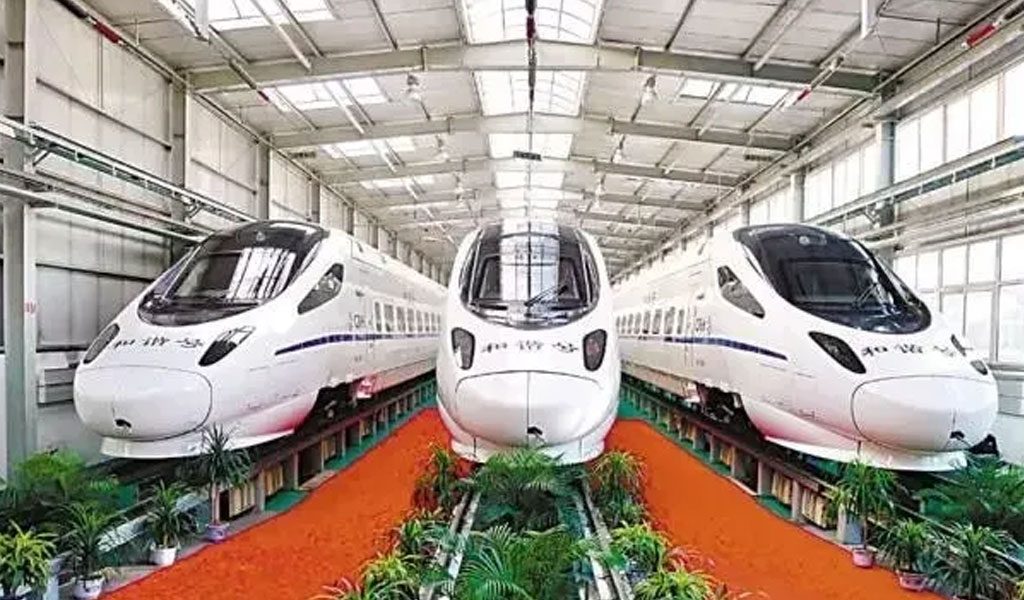
During the operation of the train, it needs to consume a lot of energy, and these energy are mainly used to overcome the strong resistance of the train during operation. If the weight of the train can be effectively reduced, the energy consumption will also be reduced.
An excellent weight reduction material, its density is only 1.7g/cm3, which is 60% of the traditional weight reduction material aluminum alloy, and less than 1/4 of steel. At the same time, carbon fiber composite material has the softness and plasticity of textile fiber. It is strong and can be integrally formed in a large area, which also reduces the weight to a certain extent. Not only that.
Carbon Fiber Car Body
Its application in rail transit equipment abroad started earlier and the technology is relatively mature. Among them, there are application cases in car body structures and bogies.
In the early 1990s, Switzerland’s Schindler train used graphite fiber, epoxy composite panels and honeycomb sandwich composite overall body.
The body of the French TGV double-decker bus in 2000 adopts a carbon fiber and glass fiber hybrid fabric sandwich structure, which is 25% lighter than the aluminum alloy body. The vehicle has been successfully put into commercial operation in 2010 and has a demonstrative role in the entire industry.
In 2007, Japan’s N700 series used carbon fiber composite materials to reduce weight by nearly 10 tons, and its acceleration performance and top speed performance were increased by 62.5% and 8% respectively.
In 2008, the roof, side walls and end walls of South Korea’s TTX trains all used carbon fiber sandwich structures, which reduced the weight by 39% compared with the aluminum alloy body. Among them, the carbon fiber composite car body structure design of South Korea’s TTX has gone through the following two plans. The content of the plan is as follows:
Comparing the two options, it can be seen that the first option will produce defects such as poor stability and large deformation of the chassis; the embedded skeleton in the second option improves the stiffness and stability, and is better in performance indicators such as strength and fatigue, and its comprehensive performance can Meet the design requirements.
Carbon Fiber Bogie
The bogie is mainly composed of a frame, a traction device, a suspension, a braking device, etc. It is the main load-bearing component of rail transit equipment.
As early as 1985, Germany used glass fiber to produce the HLD_E bogie with a design speed of 200 km/h. Then Japan produced the first CFRP bogie in 1989. After that, France and the United Kingdom carried out corresponding lightweight designs.
Deutsche Bahn MBB has developed a carbon fiber composite bogie frame for intercity high-speed trains using carbon fiber, glass fiber and aromatic polyamide. The overall components of the original vehicle weighed 5.4 t. Only the bogie frame was changed from steel to carbon fiber composite material. The overall weight was reduced to 4.4 t, a reduction of 25%. It also has excellent performance, including slow crack propagation, good noise reduction performance, and geometric dimensions. Features such as small error.
In 2014, Kawasaki Heavy Industries developed the world’s first CFRP (carbon fiber reinforced) frame and suspension function bogie ef WING. When developing ef WING, Kawasaki Heavy Industries used CFRP instead of steel as the main structure of the frame, and it has the function of a suspension element without the need for traditional coil springs, thus successfully developing a simple and lightweight structure that integrates spring functions. Quantified bogie. Compared with the traditional steel frame, the weight is reduced by about 40%, which is equivalent to a reduction of 900kg per vehicle. This significant weight reduction improves energy utilization (lower operating costs, etc.) and reduces carbon dioxide emissions. ef WING has currently conducted a 4,500km line operation test at the Transportation Technology Center (TTCI) in the United States. The results show that it meets safety requirements and has stable performance during operation. In particular, the bow-shaped CFRP frame can function as a suspension element to transfer the load stably. As for the rails, it improves operational smoothness while reducing the risk of derailment. The wheel weight reduction rate caused by track irregularities is only about half of the previous one.
Other Carbon Fiber Parts
The carbon fiber reinforced composite transition coupler developed by the German company Voith and used in traction operations of broken down trains has an extremely compact structure and a total mass of only 23 kg. It is 50% lighter than a steel transition coupler and can be carried by one person. Install.
The mechanical properties of carbon fiber composite materials are also very prominent, which can effectively meet the safety of rail trains.
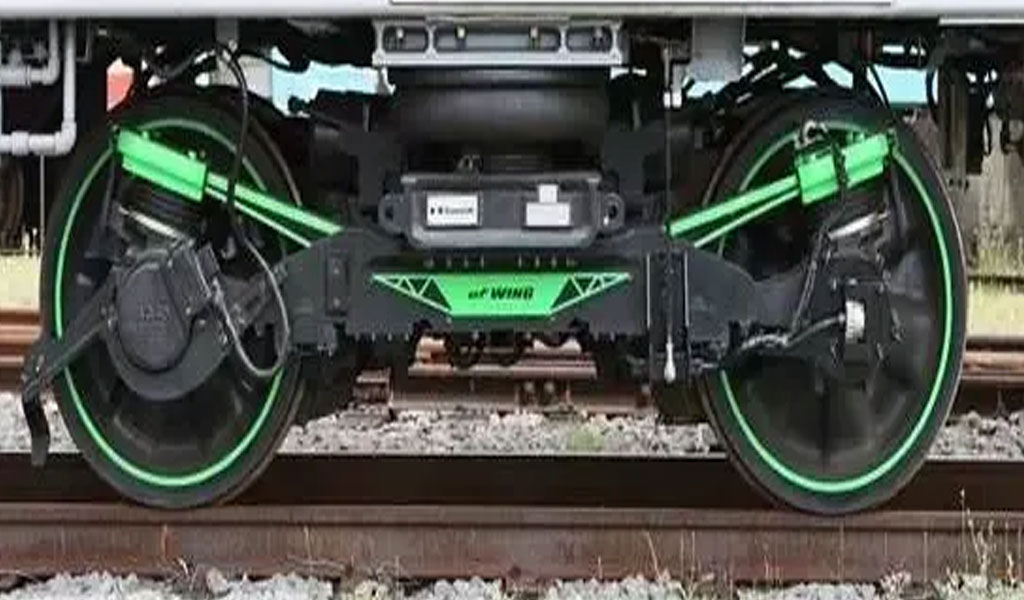
Generally, the design life of trains is long, so the production materials must have excellent anti-aging properties and can ensure normal operation in various environments, and carbon fiber composite materials have this outstanding performance. Compared with the automobile industry, the application of carbon fiber in rail transit is later.
Exploration Of New Structural Parts – Carbon Fiber Converter Cabinet
As the core device of rail transit equipment, converters can be divided into main converters (which provide power for traction motors) and auxiliary converters (which provide power for air conditioning, lighting, ventilation, etc.). Among them, the converters of high-speed trains and subways are mostly installed at the bottom of the car body. The cabinet structure can be as light as a few hundred kilograms or as heavy as thousands of kilograms. Therefore, the safety and lightweight of the converter cabinet are of great significance.
Taking Qingdao Sifang’s next-generation subway platform main converter as an example, its cabinet integrates high-voltage components and smoothing reactors with a high degree of integration. In order to achieve the lightweight indicator that the total weight of the main converter does not exceed 1350 kg, on the one hand, this cabinet uses high power density electrical components such as silicon carbide SiC. At the same time, Qingdao Sifang recommends using lightweight materials such as carbon fiber for cabinet design. . When using new materials such as carbon fiber for design, we must first ensure the basic mechanical properties of the structure, ensure that the main converter has sufficient structural stiffness and strength in harsh vibration and impact environments, and can effectively prevent corrosion and fatigue damage, thereby Ensure the safe operation of trains. At the same time, as a new composite material, carbon fiber has special material properties. Its design and fiber composite plastic cnc machining are different from the design and processing of traditional metals such as steel and aluminum. Therefore, the processability and availability of the material must be fully considered during the design process, while also It must comply with the requirements set forth by national regulations and industry standards. During the final design process, it is necessary to consider the later maintainability of the converter cabinet as much as possible, especially the later replacement and repair of composite material components.
Fiber Composite Material Performance And Industry Status Quo
It can be seen that fiber composite materials have a smaller density than metal materials, have obvious advantages in lightweight, excellent mechanical properties, high tensile strength and specific strength, and can fully meet the material performance requirements of trains. During the development process of high-speed train applications, after comprehensive analysis of technical requirements, material performance, process, cost and other factors, carbon fiber composite materials are preferred for the main load-bearing structure, glass fiber composite materials and other materials can be used for secondary structures, and aromatic materials can be considered for local impact-resistant parts. Polyester fiber composite material.
The development and large-scale adoption of carbon fiber composite components must first ensure the stable performance and production capacity of the raw materials. Table 2 is an analysis of the current industrial status of carbon fiber and other composite materials at home and abroad. Generally speaking, foreign raw materials and related products have mature technologies, relatively stable production capacity, sufficient industrial layout, and high costs. The country is in a development stage, and the level of some materials is close to that of foreign countries. However, the component industry chain is not yet complete, and economies of scale have not yet emerged. In the trial production stage of fiber composite structural parts, domestic and foreign cooperation should be promoted to simultaneously select various types of products, select optimally according to specific train use needs, accumulate experience, learn advanced technology, and ultimately realize a localized industrial chain.
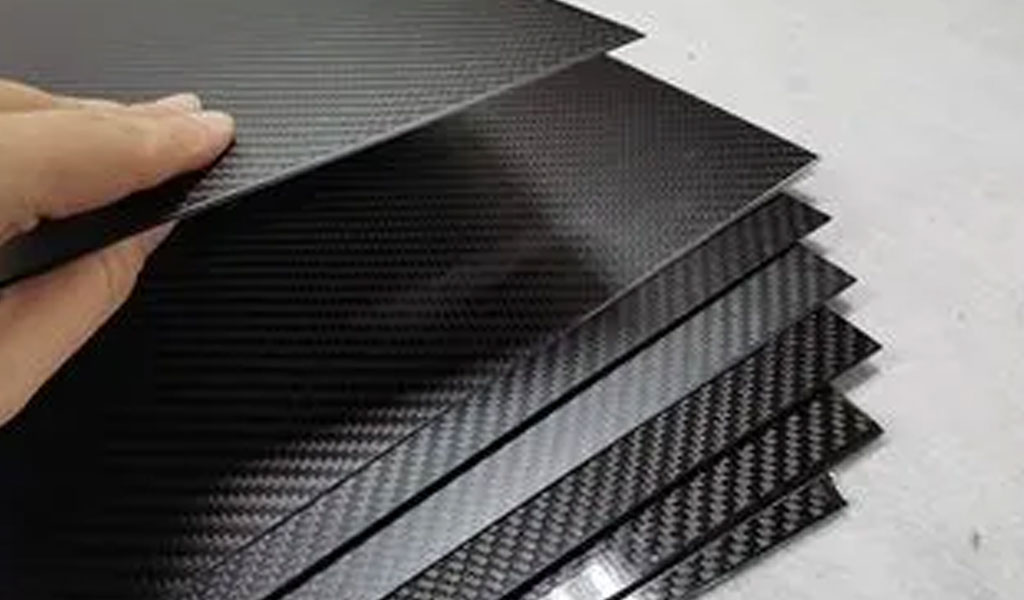
Status Of Carbon Fiber Composite Materials In Foreign Rail Transit Equipment
Foreign fiber composite materials have been maturely used in aviation, shipbuilding, automobiles, sporting goods and other fields. They have a strong technical foundation and rich experience in material design structures, manufacturing processes, service performance and maintenance, etc., which have provided CFRP with high-speed trains. application provides reference. Foreign rail transit enterprises and research institutions have carried out systematic research on carbon fiber composite materials for trains based on the previous stage.
At present, many technological breakthroughs have been achieved and rich engineering application experience has been accumulated. The application scope ranges from interior decoration to in-car equipment. , cab covers and other non-load-bearing parts and secondary load-bearing parts, expanded to main load-bearing structures such as car bodies and bogies.
CFRP Application In Japan
Japan has carried out step-by-step exploration in the development of CFRP car bodies and achieved remarkable results. Figure 1 shows an example of a typical composite car body in Japan. The E4 driver’s cab developed in 1999 used CFRP composite materials, achieving a weight reduction of 30%, effectively improving the deformation problem, and reducing noise and vibration. In 2005, CFRP was used to manufacture the roof of the N700 series vehicles, which reduced the weight by 500kg and reduced The center of gravity improves the air tightness.
Japan has obvious advantages in the research and development of composite bogies. In 1989, Japan Railway successfully trial-produced a CFRP bogie frame. The side beams of the frame are a CFRP laminated material laminated structure. The plate thickness is 16.4mm. The cross beams are wound and formed. The frame has a dead weight of 0.3 t, which is 70% lighter than ordinary steel frames. The highest design Speed 160 kilometers per hour. In 2014, the efWING bogie newly developed by Kawasaki Heavy Industries changed the rigid welded frame to a flexible frame using carbon fiber side beams (as shown in Figure 2). The side beams of the main load-bearing parts are shaped like bow springs, eliminating the traditional secondary springs and reducing weight by about 40% compared to traditional metal side beams.
The Application Of CFRP In South Korea
The Korean railway industry has also made remarkable achievements in the application of fiber composite materials. South Korea’s TTX (TitleTrain eXpress) tilting train, which was put into commercial operation in 2010, is the most successful example of a carbon fiber composite car body. It adopts a 4-motor, 2-trailer, 6-car train, with a design speed of 200km/h and an operating speed of 180km/h. The TTX train was developed by the Korea Railway Research Institute (KRRI) in 2001 after the French company Alstom transferred the second-generation TGV-A high-speed train complete set of technology to South Korea. The solution adopted in the early stage of the research is that the roof, side walls and end walls are made of composite laminates, and the bottom frame is made of hollow extruded aluminum alloy profiles, and the two parts are connected by elastic adhesive and screw joints to form the overall car. The body structure is shown in Figure 3.
The composite laminate is T300/AD6005 graphite/epoxy resin, and the chassis is made of 6006A-T6 hollow extruded aluminum alloy profile, with a yield limit of 207 MPa. In the early stages of development, the performance of the car body could meet the standard requirements, but as time went by, the service stability of the car body was poor, the deformation of the chassis gradually increased; aging accelerated, the bending stiffness exceeded the standard; and the fiber mesh on the surface of the laminate plate shifted.
Later improvement plan: The car body is manufactured using a composite design concept. The car body shell uses carbon fiber sandwich composite materials to construct an aluminum honeycomb sandwich structure to achieve lightweight, 3.5 mm outer plate + 40 mm aluminum alloy honeycomb + 1.5mm inner plate sandwich structure, panel It is CF1263 carbon fiber/epoxy resin composite material. A stainless steel frame is embedded in the composite layer to improve the structural rigidity of the car body (see Figure 3). The composite car body is obtained by integrally molding in a large autoclave. Compared with the traditional aluminum alloy body, the total mass of the composite body shell is reduced by 40%. Various performance indicators such as the static strength, fatigue strength, fire safety, and modal characteristics of the car body fully meet the design requirements. The bottom frame is made of stainless steel to facilitate the installation of electrical equipment and is easy to modify. The carbon fiber composite body and stainless steel chassis are connected using a mixture of riveting, gluing and welding. In terms of bogie development, the Korea Railway Research Institute developed a CFRP subway bogie in 2011 (as shown in Figure 4), which is about 30% lighter (about 635 kg) than the steel frame. It is still in various testing stages. There is no commercial application yet.
The Application Of Carbon Fiber Composite Materials For High-Speed EMUs
The increasingly frequent world economic and trade exchanges and the gradual improvement of urbanization level have promoted the rapid development of the high-speed railway industry, and the world’s high-speed railway has reached an unprecedented scale. my country’s high-speed train operating mileage and train ownership account for more than 50% of the world’s share. Currently, there are 54 lines in operation across the country, with a total mileage of more than 20,500 kilometers, and 2,122 EMU units (1,313 units with a speed of 350 kilometers per hour and 809 units with a speed of 250 kilometers per hour) are in operation online. It is expected that by 2020, 30,000 kilometers will be built and the total number of trains will exceed 3,500 Group. With the successive launch of high-speed train projects in Indonesia, Thailand, Russia and other countries, the high-speed train market has entered a new round of rapid development. The huge market demand provides a good opportunity for the advancement of rail transit technology and the promotion and application of new technologies and new materials. . China’s rapidly developing high-speed train industry should seize the opportunity, implement the go-out strategy, seize the technological commanding heights of new technologies and new materials, and continuously enhance the industry’s voice.
With the continuous improvement of the world’s high-speed train pedigree, users’ demand for personalized customization has gradually matured and shown a diversified development trend. While users are pursuing train speed, they are beginning to pay more attention to how to improve service quality, how to improve train energy conservation, environmental protection, comfort, and convenience. At present, while the speed of traditional trains made of metal parts machining materials continues to increase, it becomes more difficult to solve the problems of vibration, impact, resistance, and noise. And when dealing with complex and changeable service environments such as plateaus, deserts, high temperatures, high cold and high altitudes, existing materials are becoming increasingly inadequate. Aluminum alloy car bodies have problems such as stress corrosion, difficult surface treatment, high welding requirements, and low fatigue strength; stainless steel car bodies have problems such as sealing, local buckling, and welding deformation; carbon steel car bodies are prone to corrosion and are not conducive to lightweighting. Problems such as large welding deformation. The technical solutions for traditional structures and materials to meet the challenges are not rich enough and technically difficult, and cannot meet users’ requirements for comprehensive train performance. How to achieve further lightweighting of trains, reduce axle load, stabilize adverse factors of speed, solve the contradiction between lightweighting and various performances (strength, vibration, noise, heat insulation, radiation), and find a balance between train technical performance to better adapt to the situation. Development trends are also the key to occupying the future international market.
When traditional single-component structural materials are difficult to meet performance requirements, diversification of structures and materials is imperative. Advanced materials such as aramid fiber composite materials (AFRP), glass fiber composite materials (GFRP), carbon fiber composite materials (CFRP), honeycomb sandwich structures, foam sandwich structures, and functional laminates with excellent properties such as lightweight, high strength, and high weather resistance The mature engineering application of composite structures such as aircrafts and ships in the field of transportation equipment such as aircrafts and ships provides feasible guidance for solving the problem of lightweighting of high-speed trains. The mature application of fiber composite materials in the field of high-speed trains will improve the comprehensive performance indicators of rail vehicles and is expected to systematically solve common problems such as lightweight and environmental adaptability in the field of metal material applications. Countries around the world have conducted a lot of research on how to quickly promote the mature application of fiber composite materials in the field of rail transit.
Application Trends And Challenges
Based on the application of carbon fiber reinforced composite materials in the field of rail trains at home and abroad, its development trends show the following characteristics:
- Extend and expand from the very load-bearing structural parts such as car body interiors and in-car equipment to the car body, frame and other load-bearing components.
- Develop from components such as skirts and air deflectors to large structures such as roofs, cabs, and vehicle bodies.
- Mainly based on hybrid structures of metal and composite materials, the proportion of carbon fiber reinforced composite materials is increasing significantly.
There are still some challenges in achieving widespread application, mainly reflected in the following aspects:
- Material cost. Among CFRP structural parts, the cost of raw materials (i.e. carbon fiber materials) accounts for 26% of the total research and development costs. In engineering, fiber materials in carbon fiber composite components generally account for 55% to 68% of the mass of structural parts. For an aluminum alloy subway vehicle body that saves 7.0 tons, if the weight reduction target is 25%, the fiber cost of the carbon fiber body is about 2.5 times that of the aluminum alloy body.
- Manufacturing costs. Generally speaking, material design, structural design and production (including molds, tooling and manufacturing) costs account for 60% of the cost of composite material technology. It is almost impossible to significantly reduce material costs, but it is possible to improve the integrity of components, reduce the number of parts and fasteners, and control manufacturing costs.
- The key technology of the car body must fully grasp the technical requirements such as service life, static strength, and stiffness of the car body.
- Structural material selection and design. The four major elements of structural design, reinforcement materials, resin matrix and interface treatment must be optimized at the same time to ensure the best performance of composite components. When designing a large composite vehicle body structure, carbon fiber materials must be selected based on the use conditions of the vehicle body and the load-bearing characteristics of different components. Carbon fiber fabrics or prepregs, resin systems, etc. must be selected based on process requirements.
- Integral molding technology and process selection. For large CFRP car bodies, modular design and modular molding can be adopted, and then the modules are assembled and connected through mechanical, bonding and other methods.
- Assembly and connection of composite components. During the development process of carbon fiber reinforced composite car bodies, the installation and connection of these equipment must be reasonably considered to ensure the safe operation of the equipment.
- Designers. On the one hand, they must strengthen the training of composite material designers. On the other hand, they must also strengthen the application research of composite materials in the field of rail transit in order to improve the reliability of composite material products.
At present, the application of carbon fiber in rail transit is mainly concentrated in bogies, brake pads, hoods, interior parts, etc. These parts are only high-speed rail components. tip of the iceberg. However, with the development of science and technology, more and more rail trains will be applied to carbon fiber. China Be-cu Prototype Material Technology Co., Ltd. is a carbon fiber manufacturer mainly engaged in the molding of carbon fiber products for medical equipment and rail transit. The company has a production workshop of more than 5,000 square meters, experienced technicians and multiple sets of equipment, insisting on providing customers with High quality carbon fiber products.
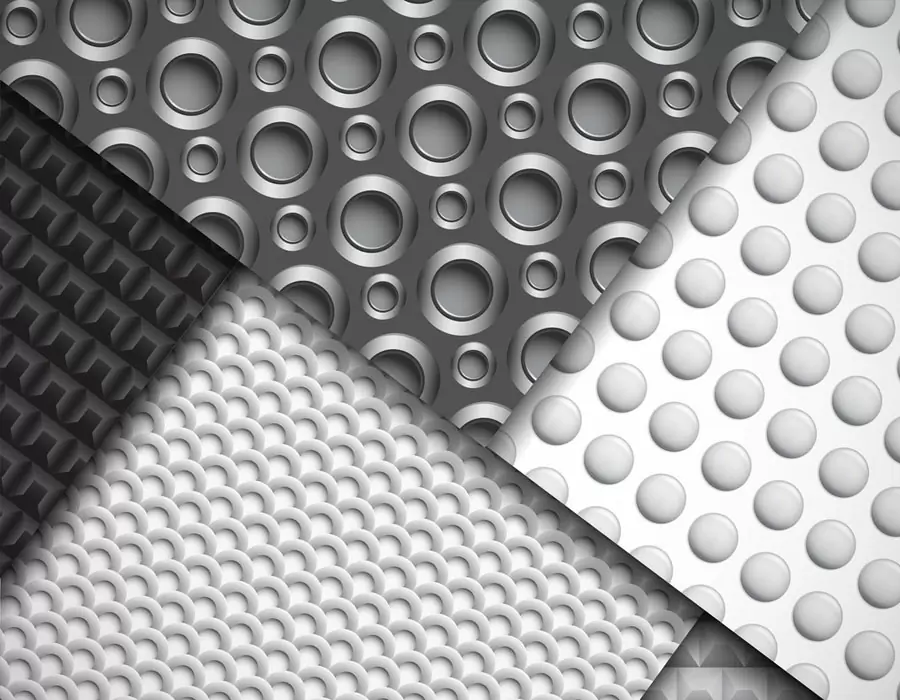
ISO 9001 certified. BE-CU Prototype Offering CNC machining carbon fiber and other manufacturing services for carbon fiber marterial. Various capabilities include notching, labeling, drilling carbon fiber, grinding, laser cutting carbon fiber, finishing, plating, marking, CNC milling carbon fiber and turning carbon fiber.We stock high quality 3k carbon fiber sheet in a variety of thickness, types and finish. Its a great material used in applications where light weight and strength are needed such as drones. Unlike other workshops, we have no min order and are often filling orders with a single part. We also don’t make you pay for the full sheet and you only get charged for what is used. With a large selection of material, you should find everything you need to make your project come to life. We are also able to handle larger production runs and provide a competitive pricing. If we don’t have the material or finish you require, we are more the willing to look at bringing it in for you.
What Is Carbon Fiber?Carbon fiber is made of polyacrylonitrile (PAN) (or pitch, viscose) and other organic fibers by carbonization (removal of most elements except carbon) by pyrolysis method under inert gas at high temperature above 1,000 °C. Inorganic polymer fibers with a carbon content of more than 90%.
-

3D Printing Continuous Fibres
-

3D Printing Short Fibre Filled Wires
-
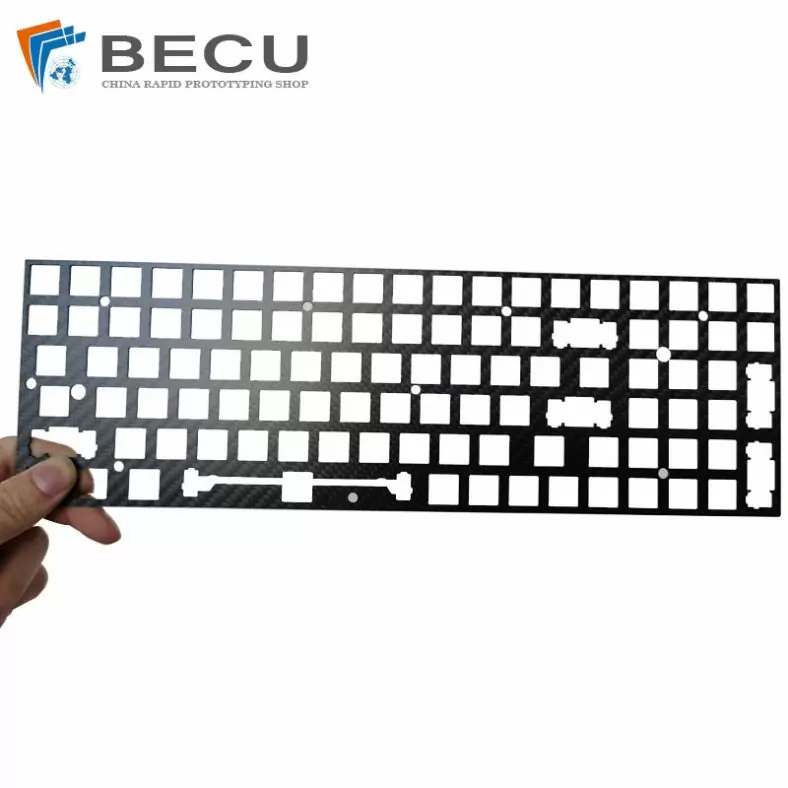
Laser Cutting Carbon Fiber Positioning Keyboard
-

Cnc Turning Industrial Copper-Aluminum Clad Carbon Fiber Machinery Parts
-
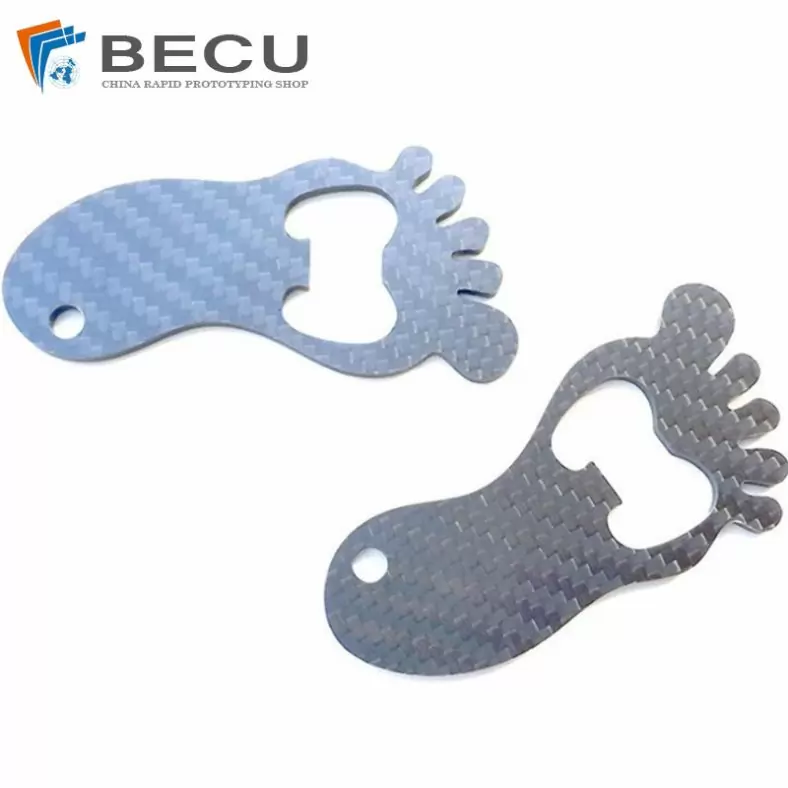
Carbon Fiber Luggage Tag Ornaments
-
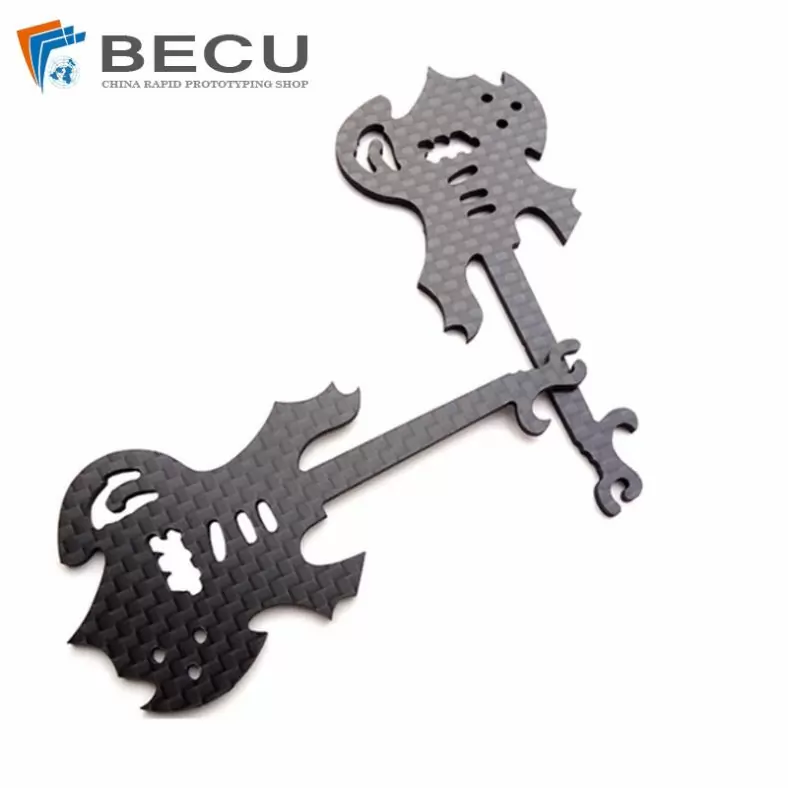
Laser Cutting Carbon Fiber Guitar Shape Crafts
-
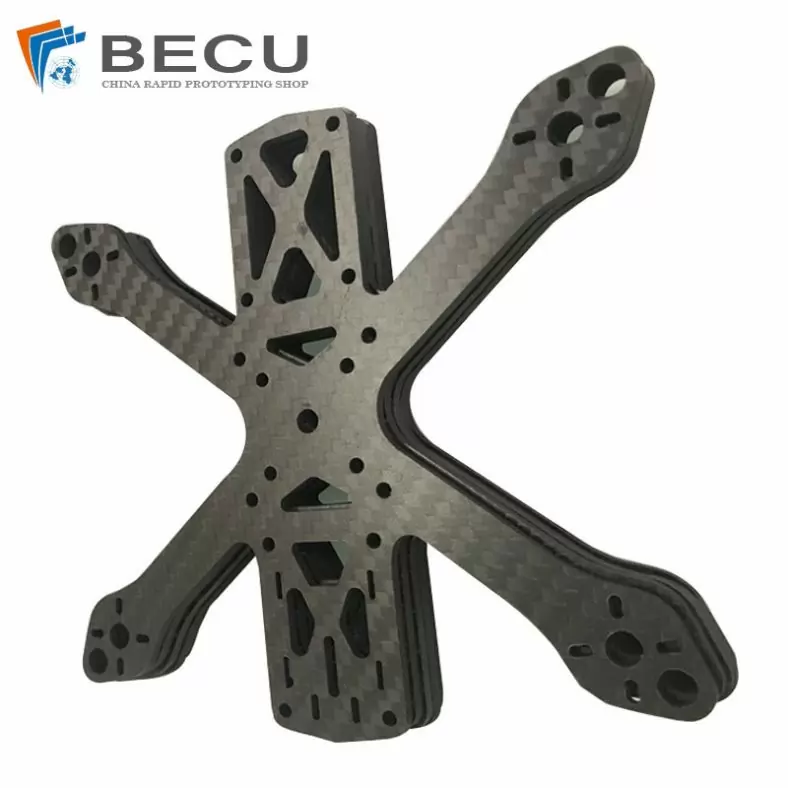
Laser Cutting Carbon Fiber Drone Rack
-
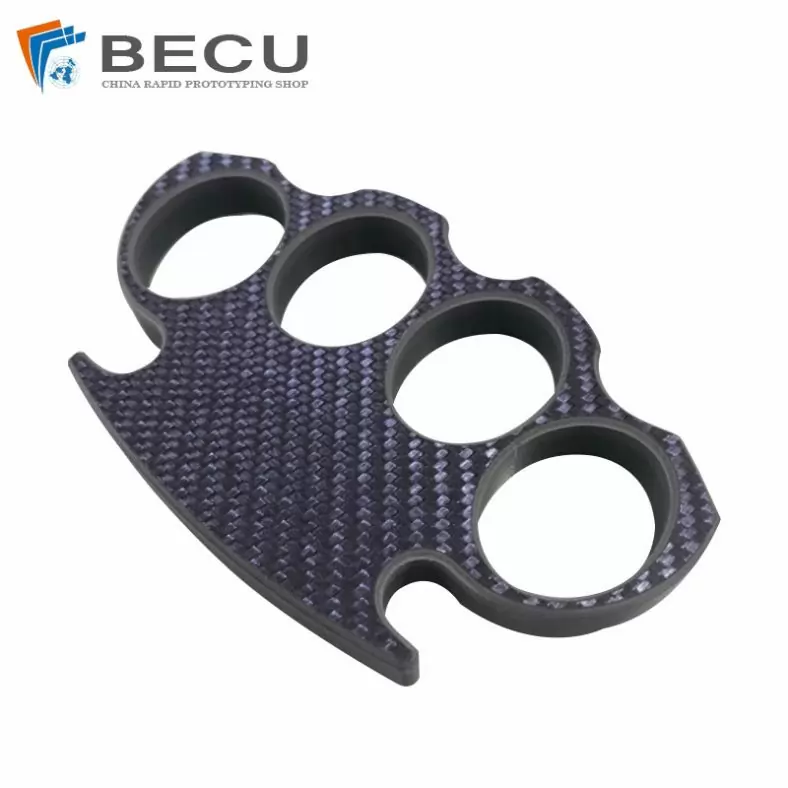
Cnc Milling Carbon Fiber Finger Buckle
